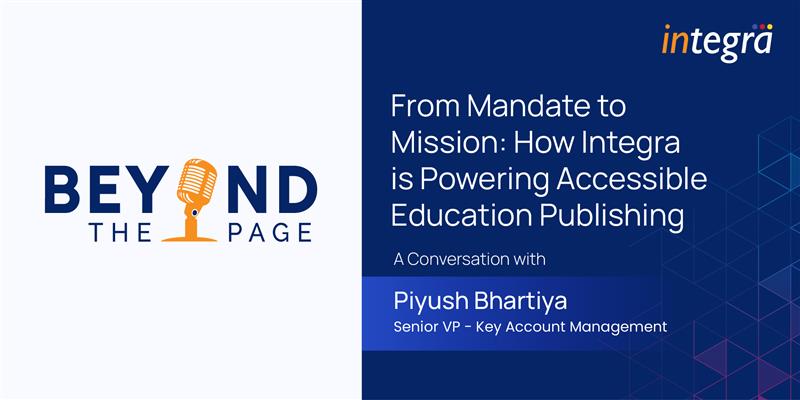
The coronavirus pandemic is forcing many changes to how we live and work, and this crisis could be the catalyst for a significant shift in how we educate our children. But what does remote learning mean for higher education? With today’s technology, is it possible for someone living in New York City to take an online class from Stanford University professors without ever setting foot on campus? How will higher education survive if colleges become completely accessible through laptop screens? Will this crisis-driven experiment with remote learning be successful in the long run? What will our higher educational system look like in, say, next 10 years?
Origins of online learning
Slide projectors and television-based classes date back to the 1950s, but one of the first instances of online learning can be traced back to the 1960 at University of Illinois, USA. The University of Toronto offered their first completely online course in 1984. The University of Phoenix became the first university to offer online degrees in 1989. In the early 1990s, The Open University in the UK was one of the first universities in the world to begin online distance learning.
In late 2011, Stanford University offered three Massive Open Online Courses (MOOC) as a small experiment to test scale and accessibility. Each of these courses attracted more than 100,000 registrants. In a few months, the world saw several MOOC platforms appear one after the other, for example, Udacity, Coursera, edX. Year 2011 saw the beginning of a revolution. At the time, few could have predicted its magnitude, but it began by making education much more accessible and within reach. MOOCs have grown in popularity with participation from many major universities and prominent professors from various disciplines.
An exciting time for higher education began because students worldwide can now find educational opportunities where they would not otherwise be able to do so, including those with physical disabilities, developmentally delayed learners, and people living in remote areas without access.
Role of EdTech in remote learning
A pandemic has forced us to consider experimenting with new ways of learning. The broad field of EdTech is a catchall term not only for hardware and software programs used in remote learning, distance learning, and online education but also for theories on effective teaching methods for acquiring new knowledge.
The advancement in computing technology and mobile devices has become central to creativity across the world of education. Computers are now a standard feature for most classrooms, yet teachers find new ways every day to make them work with their teaching methods. The use of tablets is also on the rise; they’re an easy way for students to keep up when there’s no room at home or school!
Student success in online learning in higher education is no longer just a dream, but with the right tools, it’s also becoming possible and practical than ever before. Students can now engage in interactive and immersive learning environments to encourage curiosity and develop their problem-solving skills. Interactive digital content allows for flexible delivery options, tailored assessments, and more authentic experiences in today’s digital classrooms.
Challenges in online learning in higher education
While the brighter side of remote learning is very encouraging, the digital equity gap is a growing concern in higher education. Remote learning is a great way to reach students who might not otherwise pursue education, but it still has its own set of challenges.
Remote learning may be an effective solution for some populations who have the resources to make higher education work for them. There is still a significant portion of the global student population without access to a computer at home or in their schools and/or lack of seamless internet connectivity.
Another challenge with remote learning that is around the corner is that despite the progress made by institutions over the past year, many traditional campus services are too expensive for digital learners (such as housing and meal plans) when in-person instructions restart. This situation leaves them without access to what they need most: connection with peers on their campuses. These difficulties make it more difficult for these individuals to stay engaged digitally, ultimately leading to disengagement from school!
Innovative possibilities in higher eduction
Remote learning has been called an “innovative response” by higher education institutions at the outset of the pandemic. It allowed them to maintain academic operations when campuses were closed due to health concerns. To meet these needs, institutions must consider how they will enable and foster “creativity” among remote learners from every background so that they too can succeed academically. Educational inequality must also be addressed through learning innovations like bridging initiatives where students work collaboratively.
The future of higher education was never more complex or promising. While we continue to grapple with some challenging issues like student success rates and retention, it should not discourage us from continuing on our path forward into a bright new era for education innovation. The challenge before us now is how to make college accessible for all students—the silver lining? By working together, we will find solutions that address these concerns head-on!
There are many different possibilities out there already:
- partnerships between colleges and universities close to students who share resources that can provide opportunities to meet with peers enrolled in other institutions
- there could be an industry-academia partnership with off-campus labs or learning spaces that can support students who lack access to reliable bandwidth or computers
- microlearning strategies, a trending instructional approach in the corporate eLearning domain, in higher education content delivery that can lead to a ‘flipped digital classroom’ wherein learning content is consumed asynchronously while live sessions promote active learning through discussions
- use of emerging content technologies like augmented reality to enhance learning engagement and offer profound immersive learning experiences
- touch devices with applications using digital inks will provide the needed human touch through a digital medium that promotes live collaboration between teachers to students and peer-to-peer problem solving
-1024x826.jpg)
The future of online learning in higher education looks bright
We have an opportunity in front of us that has the potential of including millions of young people. It is possible to create impactful remote or hybrid learning opportunities for millions of young people worldwide.
Innovation is driving new and creative ideas for higher education. There are many ways we can use innovation to create impactful student outcomes, such as using more recent technologies like MOOCs or mixed reality classrooms within the context of mainstream education delivery.
What does this mean? Higher education leaders need to explore innovation with all options on the table. They should consider incorporating disruptive possibilities into their long-term strategies to stay relevant and engaged with students who want more than what traditional models offer them today.
Recent Blogs

Strategic Standards Alignment in K–12 Education through Smart Content and Intelligent Infrastructure



